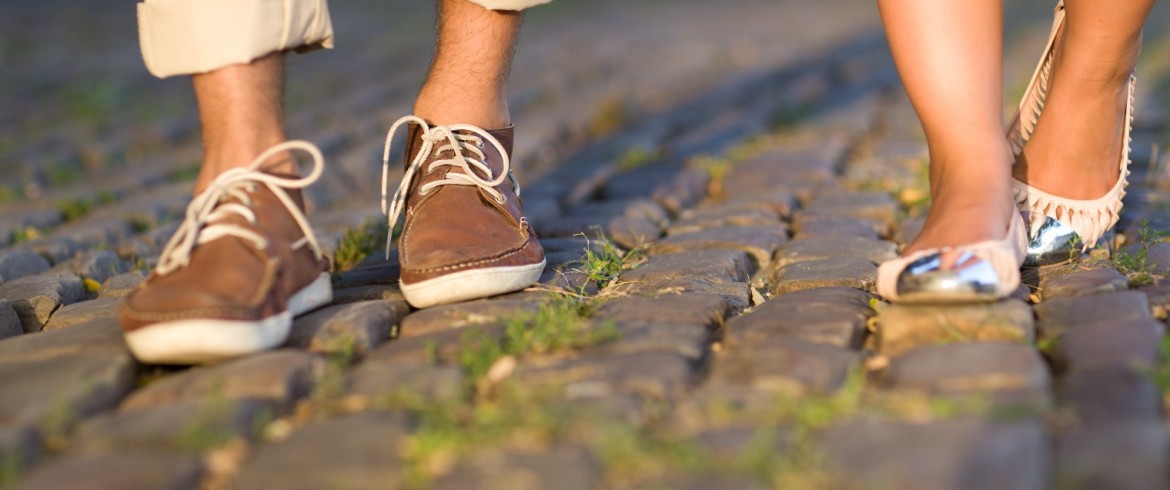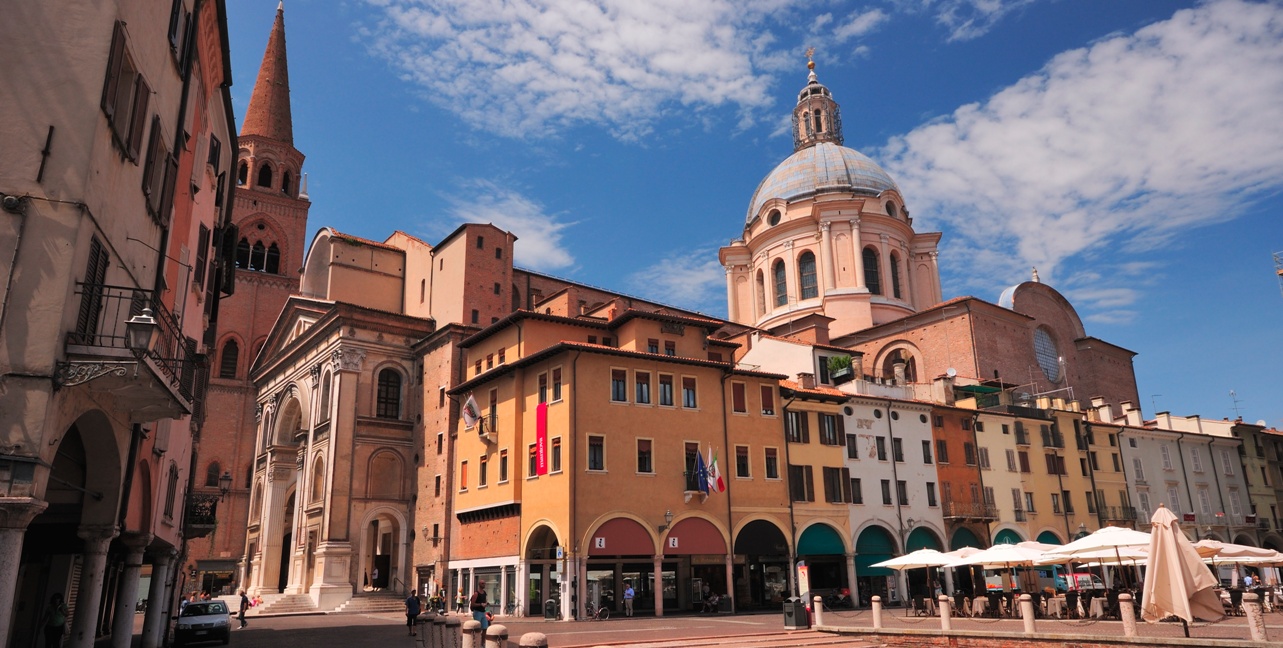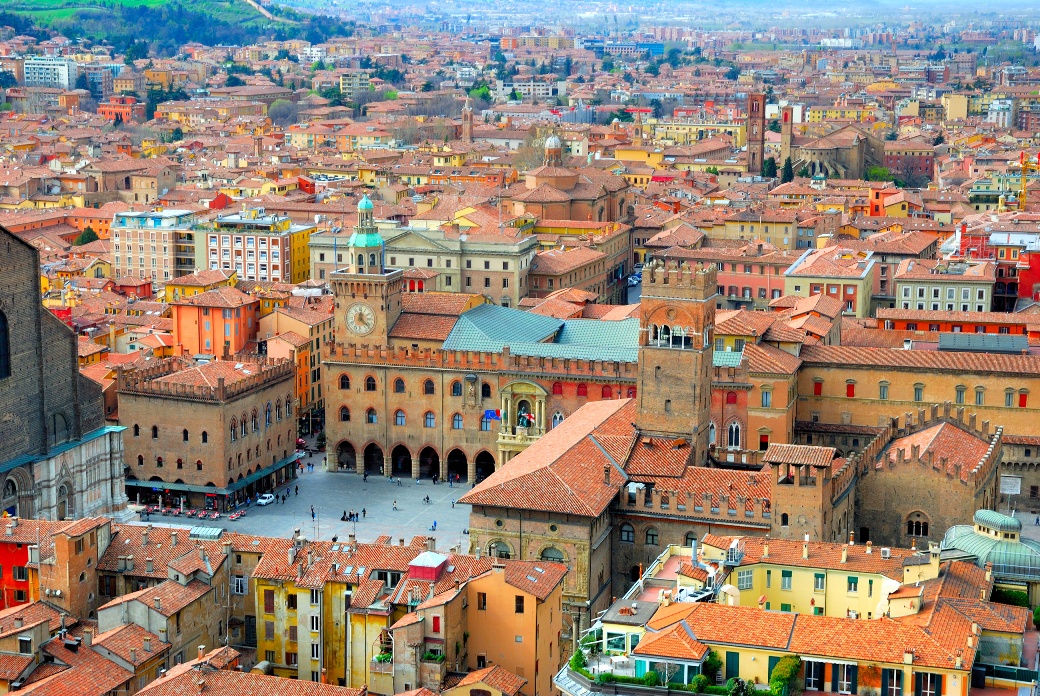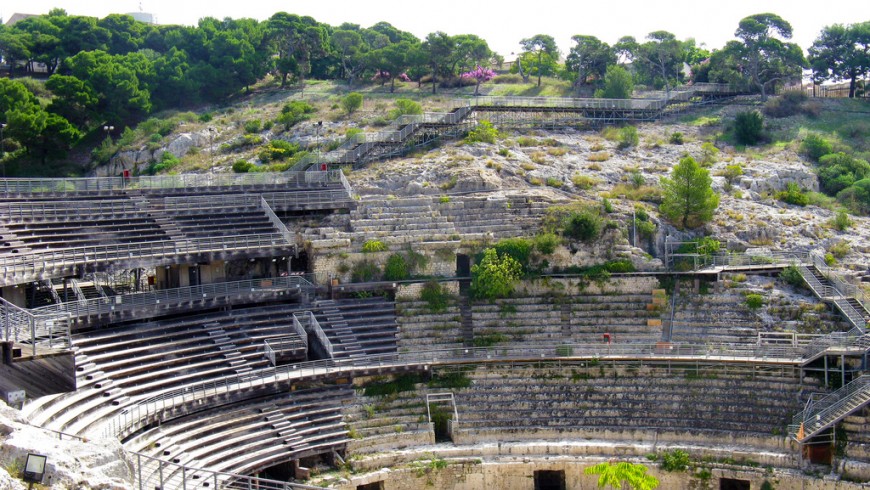Back in italian cities, the Urban Trek Day. An unusual way to walk through alleys, squares, hills, cathedrals and palaces, discovering the hidden beauty in the heart of typical italian villages, from Trieste to Cagliari, taking care of our health too .
It is not just a walk in the city, but a real kind of sport, a physical activity everybody can do. The proposed routes are in fact different in lengths and difficulties, in order to be driven both by trained people and by people less well prepared.
This experience involves all the senses, making the tourists part of the heart of the city, establishing an emotional relationship with the visited places . Not only an alternative way to travel but also a real opportunity for italian people. The trek for them can be a healthy kind of lifestyle and a way to know better the place where they live.
Any time of year is suitable for testing the experience of urban trekking. Unlike common trek urban trek can be done in any condition and at any time of the day. Urban trek is an activity that allows you to be fit. This reduces the risk related to hypertension, osteoporosis, diabetes and the consequences of a sedentary lifestyle .
When trek meets history
48 italian cities, participating in this wonderful initiative, created unusual itineraries for the day of celebration. Trek can also be undertaken independently but are celebrated every year on the occasion of national days. Joint leader, Siena: for 10 years in this city they combined the practice of walking with the strengthening of observation, to understand and interpret the details that every place brings with it, in order to reconstruct and narrate italian history in a participating way.
Urban trek national day ” between past and future ” to celebrate 10 years of activity
Thursday, October 31 you can discover the hidden corners and secrets of Italian cities with new itineraries. In fact, on the occasion of the tenth anniversary of italian urban trek, the paths hat were protagonists past National Day will be reactivatedt. From Padua to Palermo, we will start to walk all together.
Find out 3 itinerary!
Mantua: lights and shadows in All Saints’ night
A journey dedicated to Italian art and architecture: it starts from Palazzo Te and then get to Villa dei Gonzaga, decorated with mastery by Giulio Romano. Its frescoes dominate the heads of ” walkers” with bold shades and glazes, lit with care, with a brand new system. The you can walk along the “Path of the Prince”, crossing the Temple of San Sebastiano and the home of Mantegna.
The street carries you to the old Jewish ghetto. A chance to breathe the deplorable and terrible vicissitudes that have affected the Jewish community of Mantua. The tour ends back at the Palazzo Te, crossroads of artists and patrons.
Bologna: meeting and culture
In this walk through the streets of Bologna you can be guided to recognise meaningful scenarios and memories through which reconstruct history and micro- urban areas.
The walk starts in the squares of the historic center: the squares of commerce, gaming , sharing, meeting. The you arrive at the new headquarters of the municipality, prosaic holder of the renewed face of an age-old institution.
A fusion of different intent in unchanged sacredness, in one of the most beautiful italian cities.
Cagliari and subterranean civilizations
The route designed for the Cagliari is worthy of an independent reflection. It is a mysterious journey through the underground tunnels, the legacy of a priceless heritage. The galleries testify the ability and adaptation of men throughout history. The “tour” starts from first the cavity in Via Vittorio Veneto, in a double stone wall built during the Second World War. Then you can continue along Via Oslavia to another gallery of refuge, the gallery of Villa Don Bosco, 180 meters long. The walk ends at the wonderful Roman amphitheater in Cagliari, built next to a natural valley. From the memoirs of war to discover the beauty in the heart of this wonderful city of over Tyrrhenian Sea .
We would like to imagine these “collective walks” as opportunities for interaction, where the memories flow and bring to life events and people, expressing our history.
It will be easy to find in the “native” of the place many answer to our question: they could explain to us why the road rises in an unexpected hump or recall to usthat that alla around a church, “once upon a time”, there were only grain fields and very few houses scattered here and there.
A real opportunity to learn about local realities, connect them and interpret them in historical perspective, discovering the true face of some of the most beautiful cities in Italy.
Have a nice walk!



